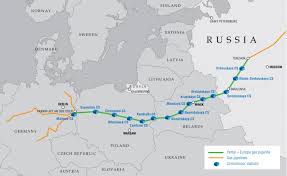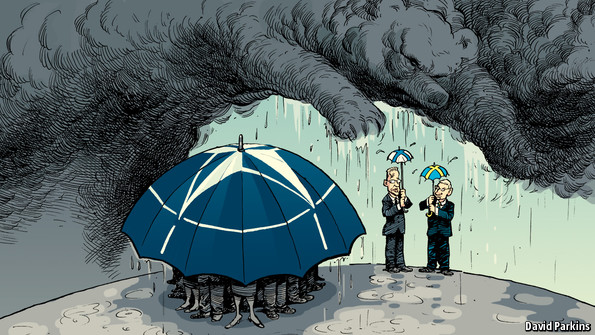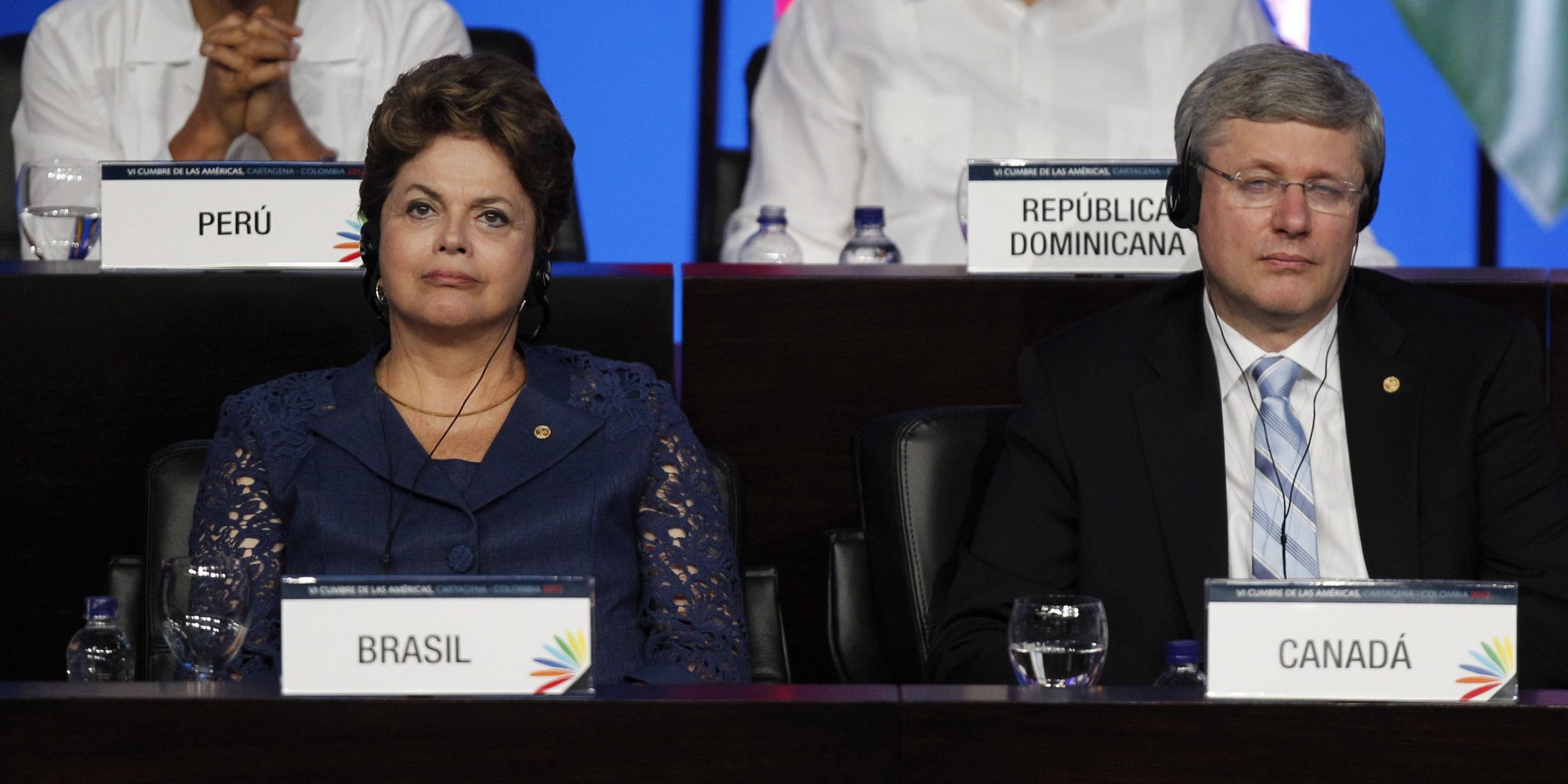
With 11.76 Billion cubic meters in underground storage as of May 30,Ukraine will only be able to survive until October 2014 without access to natural gas from Russia. Europe’s overall reliance on Russian supplies is around 40% of total natural gas imports, representing a significant investment in an ongoing European-Russian partnership.
Energy demands throughout the world continue to increase from a higher need across all sectors. The U.S Energy Information Administration shows that current levels have almost tripled since 1990 levels, mostly accounted for by non OECD (Organization for Economic Cooperation and Development) nations. While the United States has faced a relatively stagnant demand level due to the ongoing uncertainty in the domestic economy, China alone has increased its demand from 50 quadrillion BTU in 2000 to roughly 125 quadrillion BTU at present. Russia recently signed a thirty year deal with China worth $400 billion to build a natural gas pipeline between the two countries, while simultaneously threatening supplies to Ukraine in the midst of the ongoing battle over independence in Eastern Ukraine.
The European Commission has defined natural gas as the most potent response to the “uncertainties of tomorrow”. Europe’s largest supplier of energy (natural gas, crude oil, and solid fuels) is Russia. Given the ongoing security concerns in Crimea and threats to Ukraine’s natural gas supplies, the European Commission has identified an immediate need for supplier diversification. Europe currently imports 53% of its energy. The European Commission’s recently released “European Energy Security Strategy” is a multi-faceted approach to securing energy resources for Europe’s member states; its suggestion in the short term is to launch “energy stress tests” designed at simulating disruptions to gas supplies for the coming winter. Potential contingency plans include increasing stock, developing emergency infrastructure, attempting to lower demand, and switching to alternative fuels.
The 2010 Lisbon NATO Summit outlined the importance of the NATO-EU partnership. NATO’s role within European borders is extensive, involving 21 mutual EU member states with vastly differing opinions on major political issues not limited to energy. Due to the disconnect between Europe’s monetary union and lack of political union, many believe there is a high potential for a future economic crisis within the EU. Russia’s distrust of the West, and specifically NATO, is a continuing concern for Europe’s energy needs, which rely heavily on Russian supplies. Russia has already shown the ability to cut exports as recently observed in Ukraine, thus NATO’s role in providing security and stability within the region is integral to guaranteed strength despite the differing economies of each member state.
Canada’s growing capacity for natural gas and oil exports to areas such as Europe means that Canada will have a major role to play as a potential oil and natural gas supplier in the future. This would mean the ability to provide secure access to energy resources for the European region. Despite the need in Europe, only one of six proposed facilities is located on the east coast, in Nova Scotia, while the other five are in British Columbia.
Any optimistic outlooks on lowered natural gas prices by 2020 from increasing suppliers has been rebutted by The International Energy Agency due to the exorbitant cost of building infrastructure. They re-stated that Europe will compete in the “near term” with Asia for natural gas supplies, whose demand have already become a battleground for potential suppliers. Australia’s Origin Energy has planned to invest 800 million on the assumption that North America will not be able to keep up with demand in the future.
TD believes that Canada’s domestic natural gas supply will continue to grow, and thus new customers at home and abroad are necessary to realize the greatest value for Canadian resources. Canada would be able to benefit two-fold by increasing net natural gas exports while utilizing cheaper gas at home. The projected savings for the United States to use their own shale gas resources is in the billions, costing around $3.50 per 1,000 cubic feet in the US while the same supply is $12 in Europe. Canada’s ability to capitalize on the growing needs of nations abroad, specifically the EU, is integral to strengthening our economy and trade relationships.




